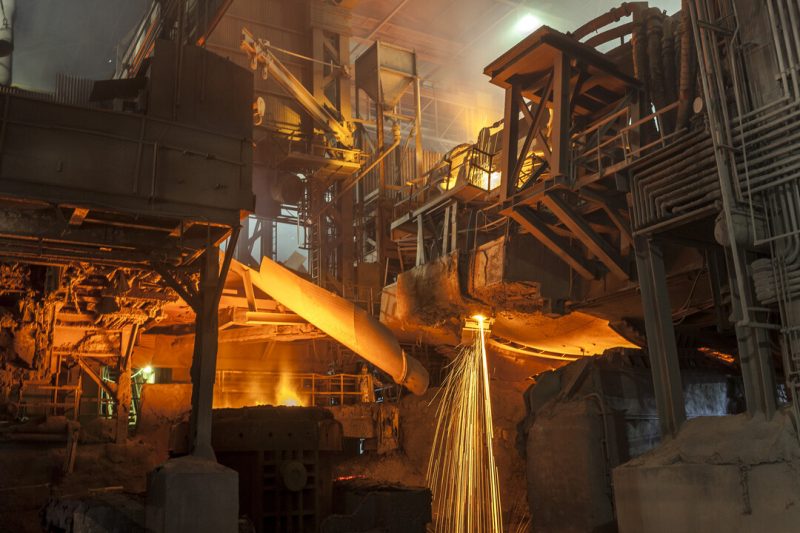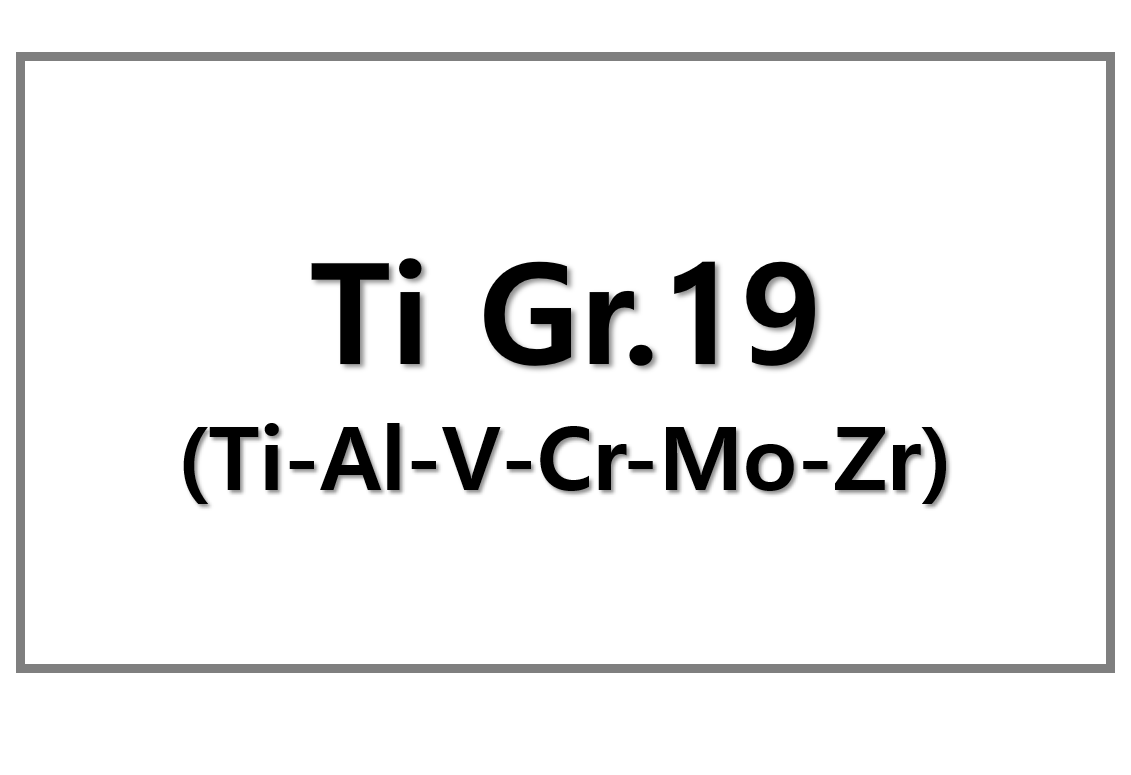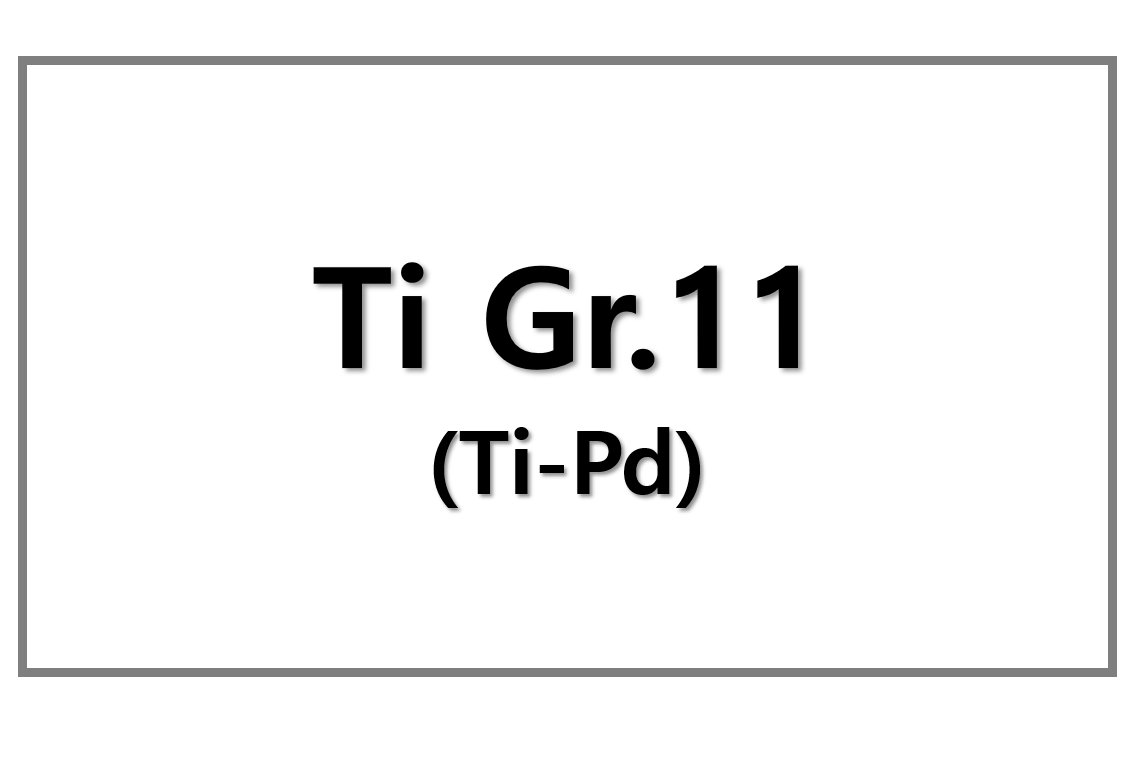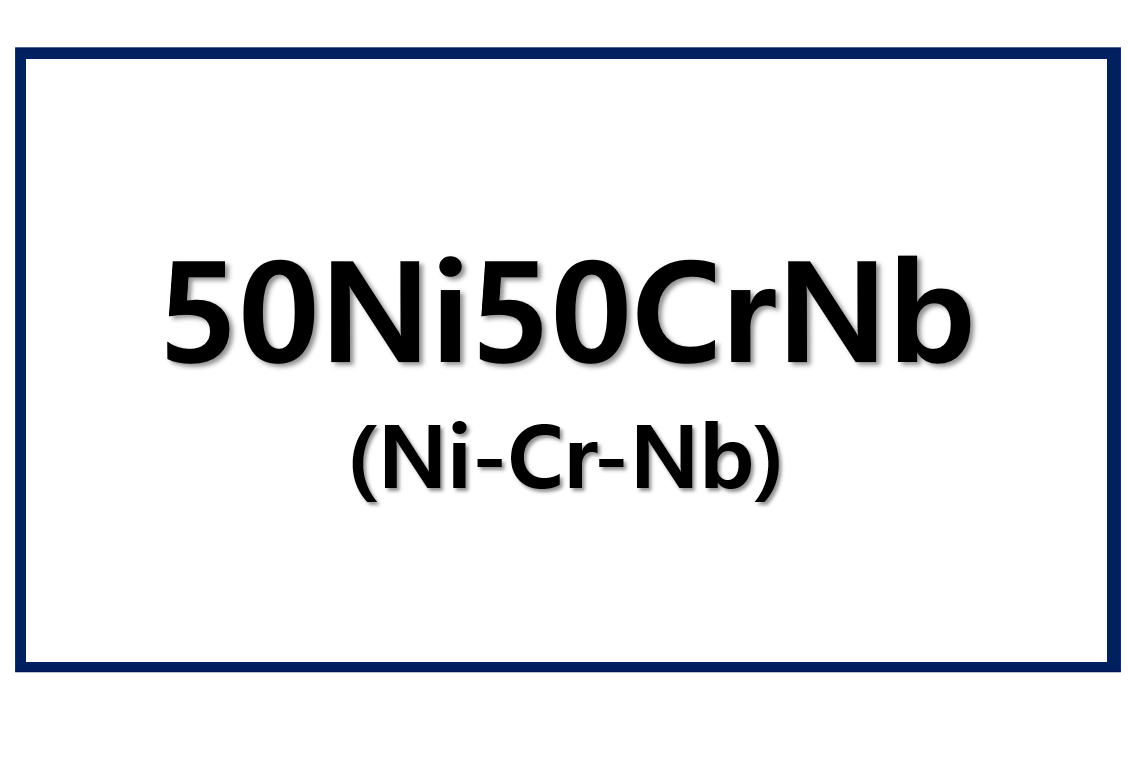
Steel Supply Cuts Miss the Mark in Northern Europe
Steelmakers across Northern Europe are struggling to stabilize prices, despite trimming production significantly. According to the latest MEPS Market in Minutes podcast, high inventories and weak end-user demand are neutralizing any upward pressure on pricing. Steel analyst Stuart Gray, speaking with MEPS Managing Editor Tom Sharpe, confirmed that German steel output dropped nearly 12% in early 2025—yet prices continue to slide.
The region faces a complex web of challenges. While producers aim for a balanced supply-demand equation, excess stockpiles and lingering economic uncertainty are hampering any gains. Gray notes, “At the moment, we don’t find that’s working,” referring to the current attempts at market correction.
In addition to domestic issues, Northern European steel markets are grappling with aggressive price competition. Revised EU import safeguard measures have done little to deter low-cost imports, especially from Asia.
External Pressures and Policy Risks Add to the Strain
Steel buyers remain cautious amid broader geopolitical and macroeconomic risks. The ongoing tariff policy debates in the United States, combined with slow-moving EU trade talks, add to the lack of clarity. Buyers are hesitant to commit while future import costs remain uncertain.
However, some optimism lingers in forecasts for a possible rebound. Interest rate cuts and newly announced infrastructure and defense investments across the continent could revive demand in the medium term. National governments in Germany, France, and the UK have all pledged spending that may support the construction and manufacturing sectors.
Still, steelmakers face a long road to recovery. Until demand meaningfully returns, price pressures will likely persist—regardless of further cuts in production.
SuperMetalPrice Commentary:
Steelmakers in Northern Europe are in a delicate position. Cutting production is a logical move, but it lacks immediate impact without stronger downstream demand. The regional market needs more than just supply-side fixes—it requires a broader economic revival, including stronger policy coordination, trade clarity, and sustained industrial investment. For now, prices will remain under pressure as producers and buyers alike wait for clearer signals.











Leave a Reply
You must be logged in to post a comment.